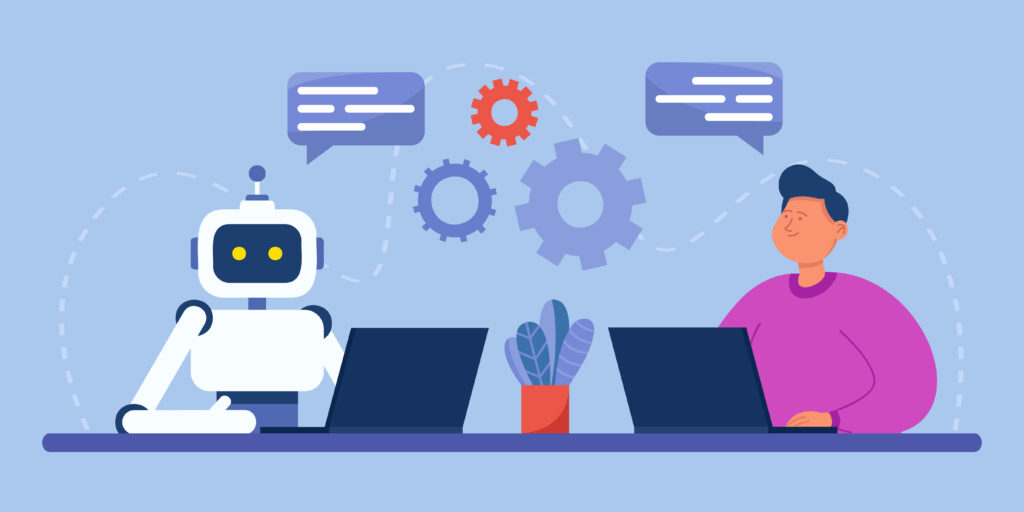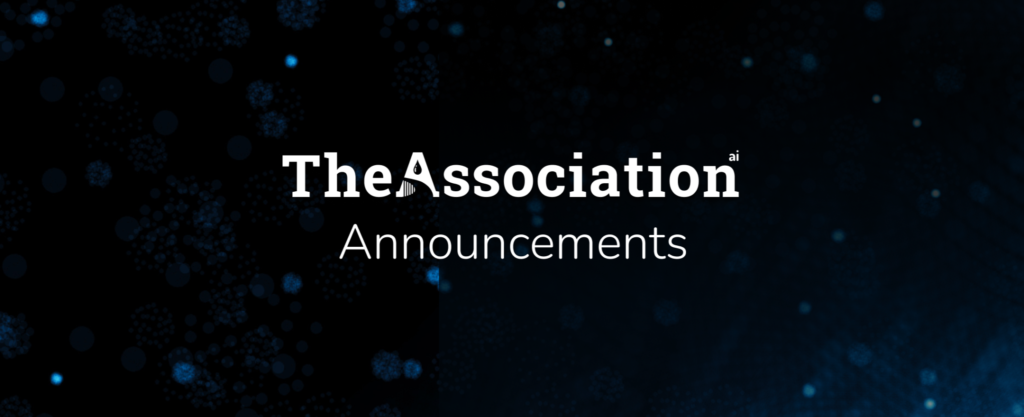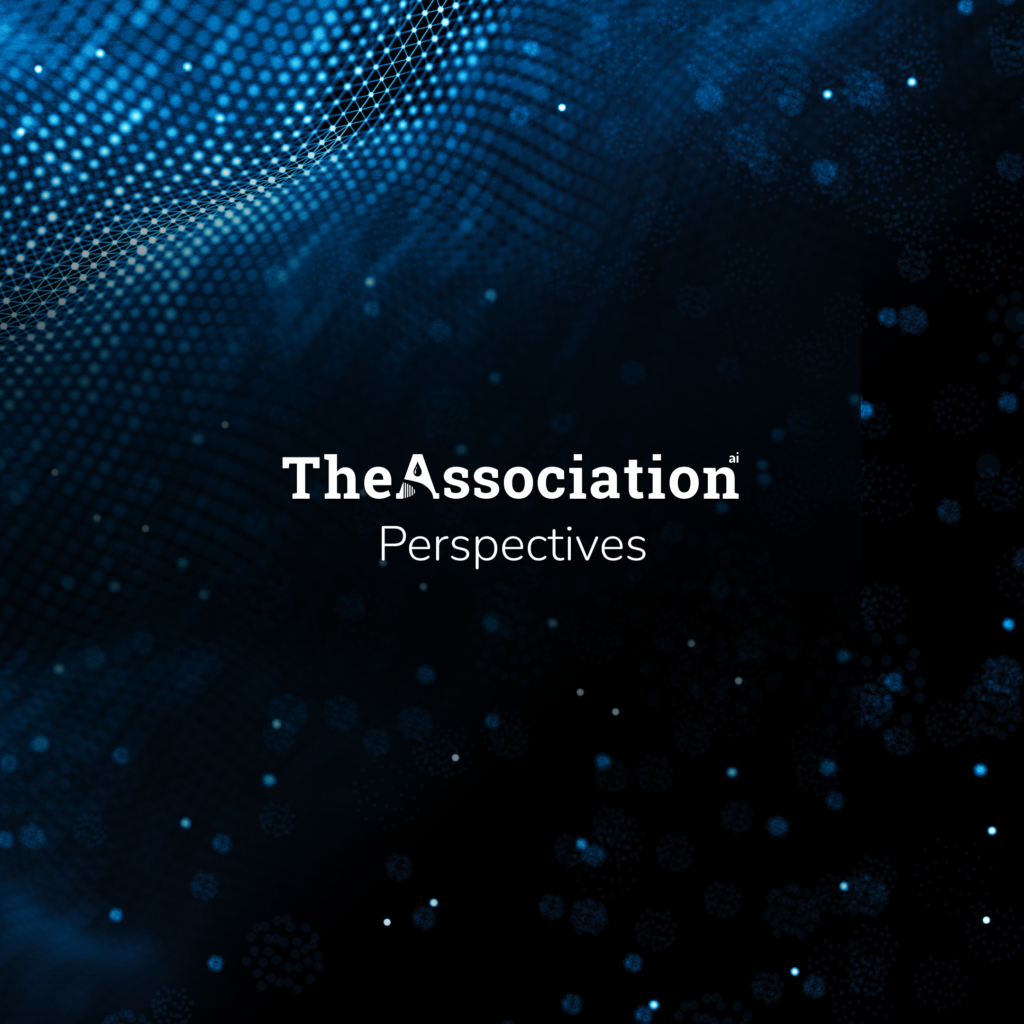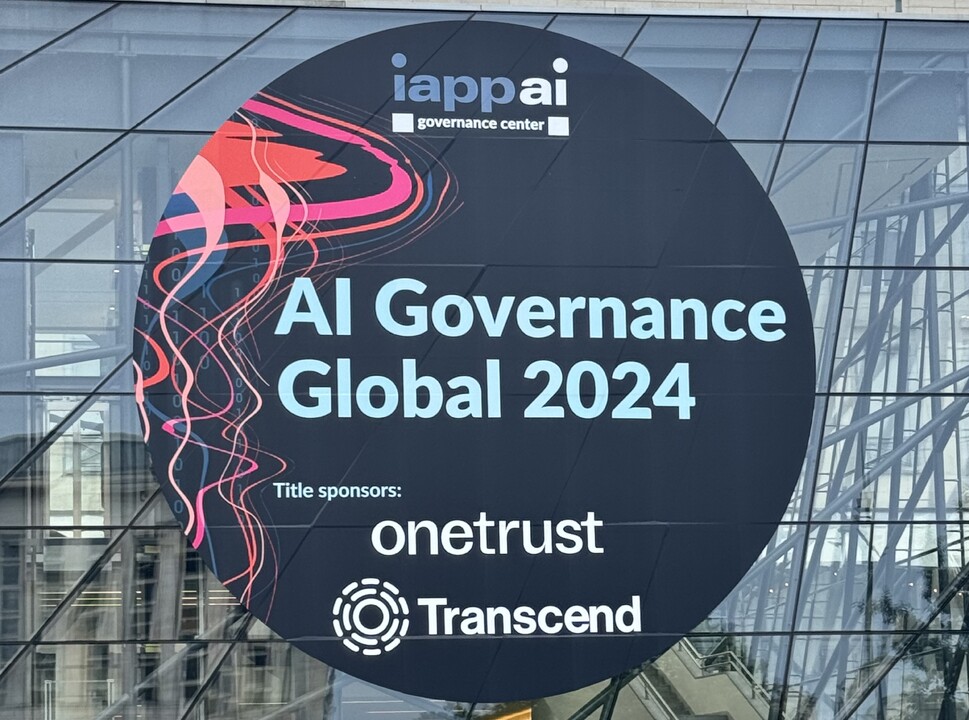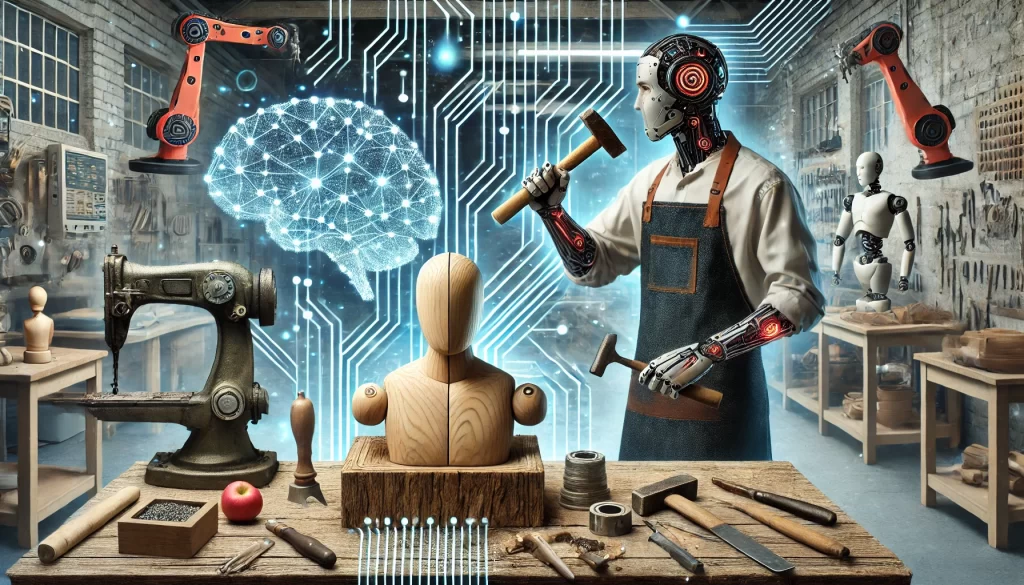
The Importance of AI Practitioners: Modern-Day Craftsmen Shaping the Future
In the annals of human history, certain periods stand out as pivotal moments when craftsmanship changed the course of civilization. Today, we stand at the precipice of such a moment in the realm of Artificial Intelligence (AI). We, the AI architects, are the most important craftsmen in the world, bearing a shared responsibility to connect, educate, and ensure the responsible use of our creations, our data and our models.
Steve Jobs once said, “The reason that Apple is able to create products like the iPad is because we’ve always tried to be at the intersection of technology and the liberal arts, to be able to get the best of both.” This intersection is where true craftsmanship lies, and it’s where we, as AI practitioners, find ourselves today. Part engineering artist, part policy-maker, part protector, part philosopher, part ethicist and part futurist – our responsibility is profound; we are the #aideputies.
You see, crafting a piece of art, a statue, or a book is conceptually similar to crafting a platform, a data pipeline, a kpi, a model, report, a privacy policy, or a control. Just as the artist’s hands shape the clay, our hands are on the keyboards, building these solutions. As builders, we are intimately aware of its positives, its potentisl and its faults. We must play a significant role in the use and manage the risks entailed. The stakes are high; according to the World Economic Forum, the AI sector is projected to create 97 million new jobs by 2025, while potentially displacing 85 million jobs due to shifts in the division of labor between humans and machines.
However, challenges abound for AI craftsmen. We often lack a voice and influence over regulators, policies, or even internal use cases. This is why a shared voice and crowd-sourced knowledge are crucial. The regulatory landscape is fragmented and confusing, with over 100 AI regulations in motion globally. None are written for technologists—they’re crafted for regulators, leaving a gap in clear technical standards.
TheAssociation was formed to bridge these disciplines, provide support to AI architects, unify our voices, and produce technical implementation standards. McKinsey estimates that AI could add $13 trillion to the global economy by 2030, highlighting the immense potential of our work. But to realize this potential, we need to share experiences, learn from each other, mentor, and ask questions. A neutral platform like TheAssociation is essential for this collaborative growth.
Regulators often lack an understanding of technology, data, or AI, and tech vendors are similarly handicapped by the complexity and diversity of AI implementations. Companies do not operate on a single tech stack; they manage a plethora of business applications, third-party data sharing, custom applications, and services. The responsibility for data and compliance lies with us, the practitioners. Tech vendors can only provide tools for responsible AI use within their services, but this does not scale to end-to-end business, data, or infrastructure scenarios.
TheAssociation provides a platform for collective support and knowledge, crucial for practitioners who are the first line of defense. There are hundreds of thousands of AI implementers globally, and we need to support each other. An illustrative example can be found in how the US telecom industry collaborates to define provisioning, billing, and operating principles. Telecom cannot function as a single company alone, and similarly, AI implementation requires a collaborative approach.
John F. Kennedy once said, “The time to repair the roof is when the sun is shining.” As AI craftsmen, the time is now. We have a role and a responsibility, whether we want it or not. When your children or grandchildren ask about the early days of AI transformation, what do you want your legacy to be?
TheAssociation is here to ensure that our legacy is one of responsible, ethical, and impactful AI development. Join us in shaping the future.

